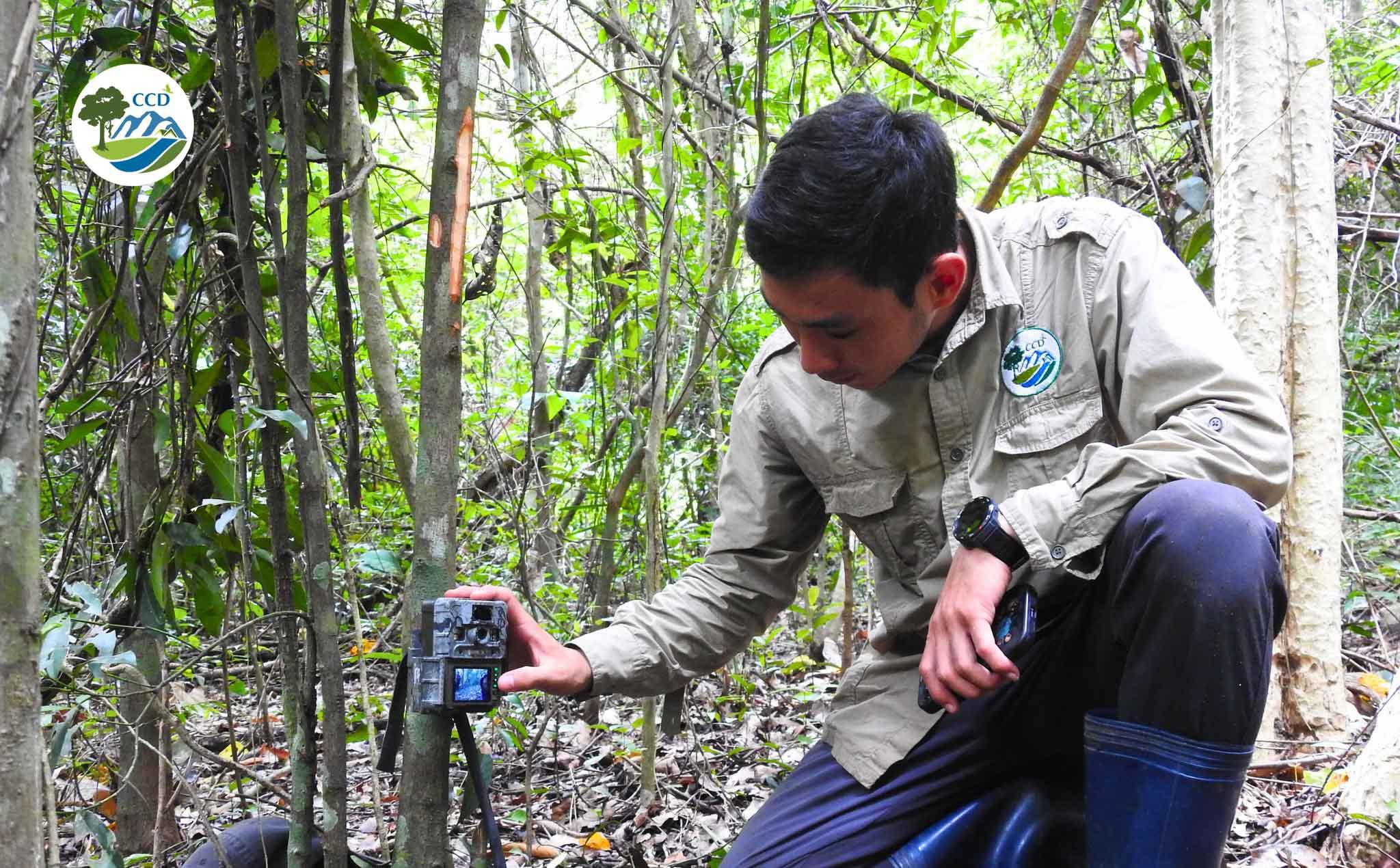
SURVEYING THE CURRENT STATUS OF GAUR, BANTENG, AND SILVER-BACKED CHEVROTAIN POPULATIONS AT EA SO NATURE RESERVE
As part of the biodiversity survey activities at Ea So Nature Reserve, and part of the CCD’s UNGULATE CONSERVATION PROGRAM, our community-based FOREST PROTECTION AND BIODIVERSITY MONITORING team and experts from the Center for Nature Conservation and Development (CCD) and staff of Ea So Nature Reserve.
In September, the Monitoring Team conducted its first field trip to collect data on the current status of Gaur (Bos gaurus), Banteng (Bos javanicus), and Silver-backed Chevrotain (Tragulus versicolor), while also monitoring negative human impacts within Ea So Nature Reserve. The survey used camera traps, GPS, and the SMART data management and patrol reporting toolkit (SMART) in combination with standard data recording methods.
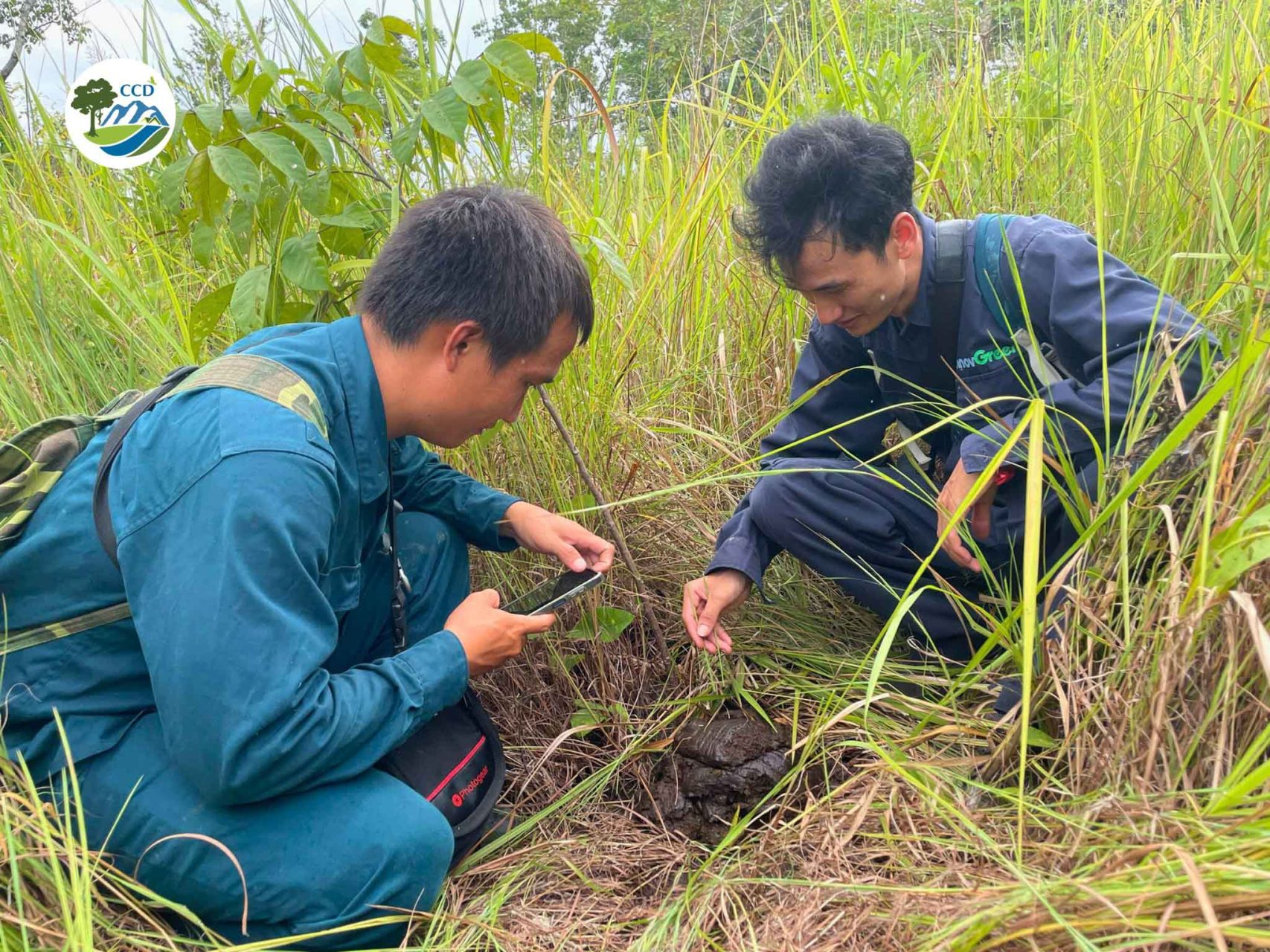
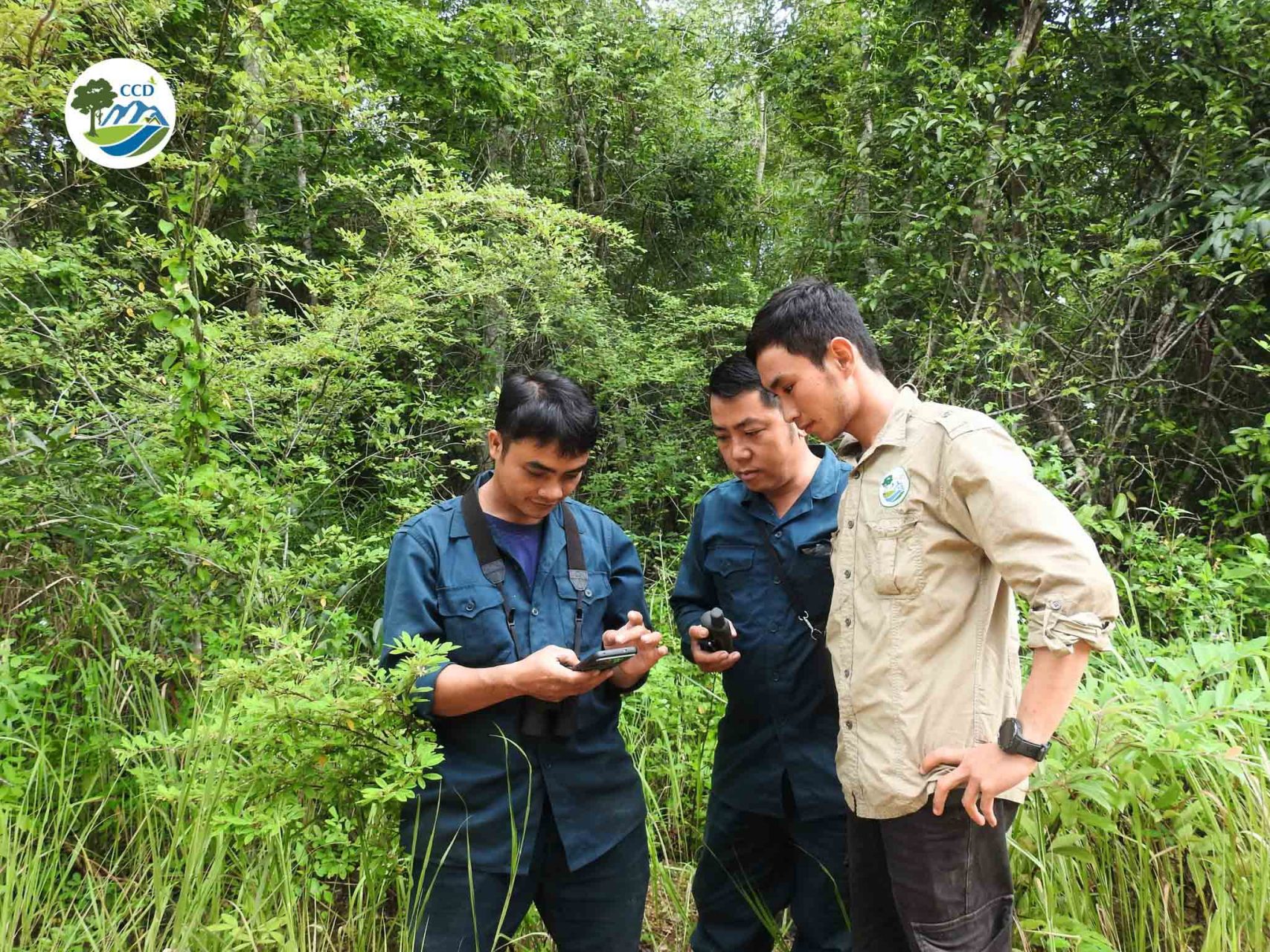
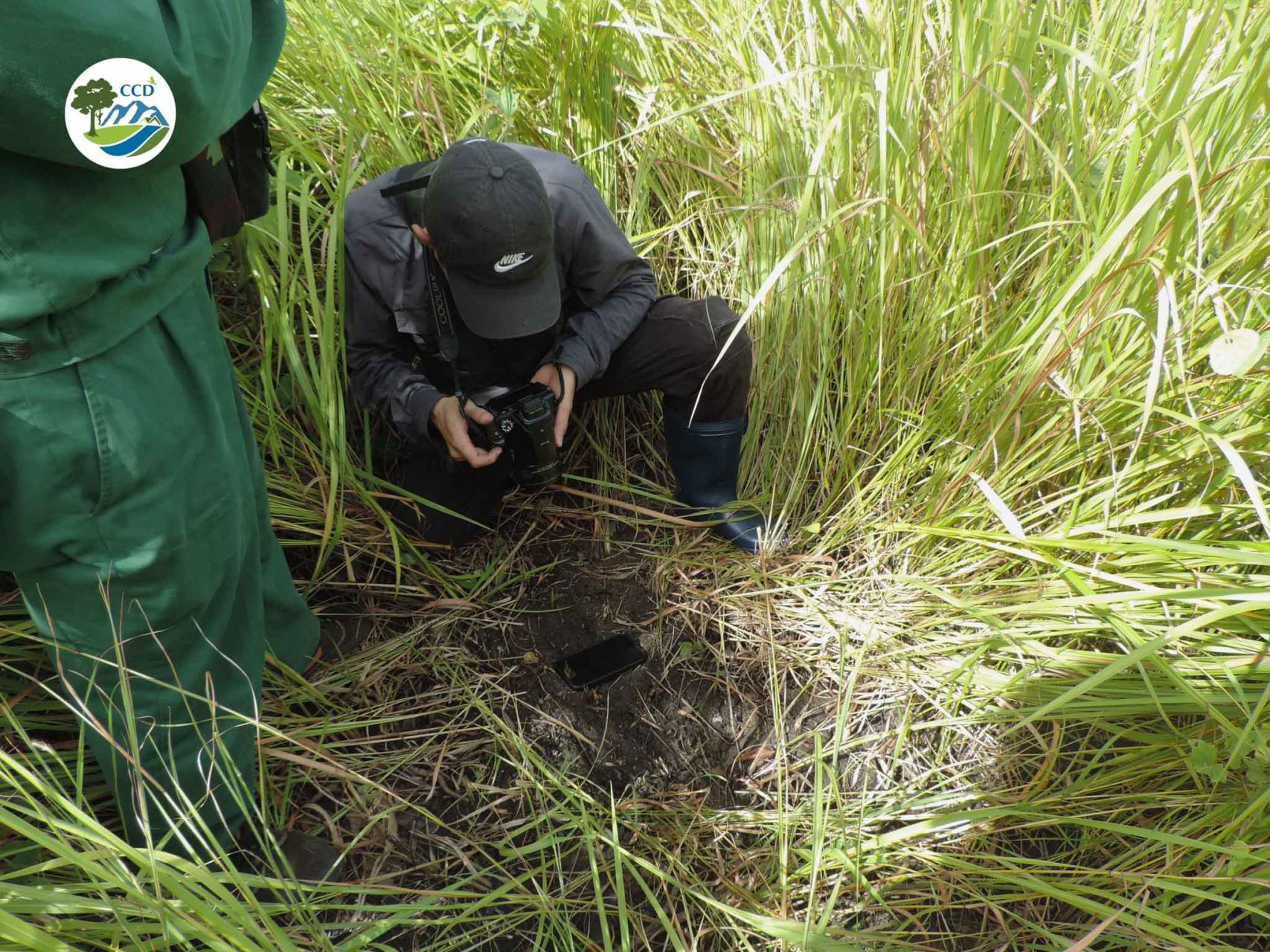
The Monitoring Team consulted information from local residents and forest rangers working in the area and recorded reports of the presence of wild Cattle (Bos spp.) in several sub-compartments. Based on this preliminary information, the Team designed survey transects focusing on grassland habitats—the characteristic and most suitable habitat for the ecological behavior of bovids, which use grasslands for foraging, resting, and movement—thereby increasing the likelihood of detecting signs or encountering individuals.
For the Silver-backed Chevrotain, camera traps will be retrieved after two months to obtain accurate results, as data from camera traps require a sufficiently long accumulation period.
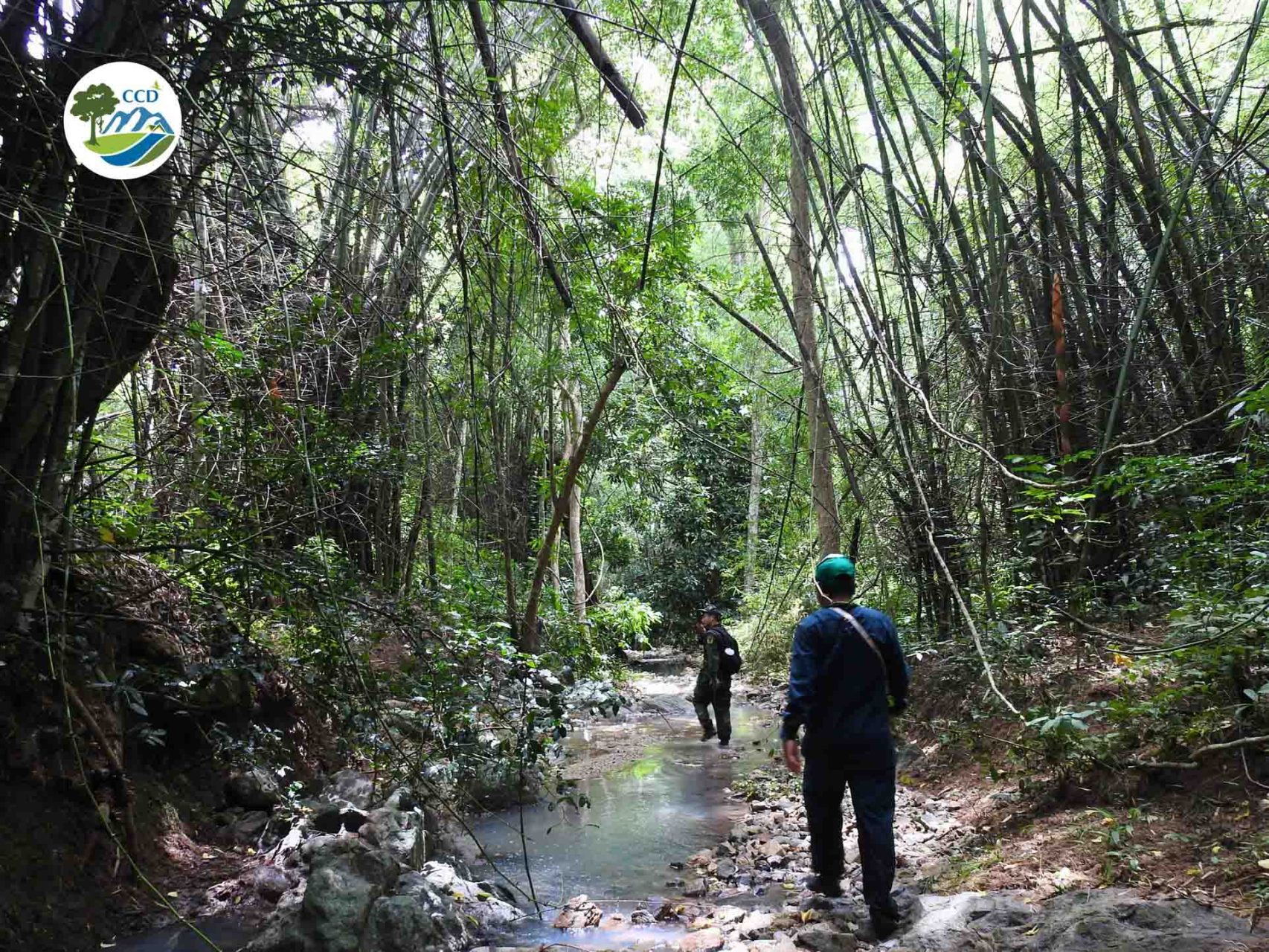
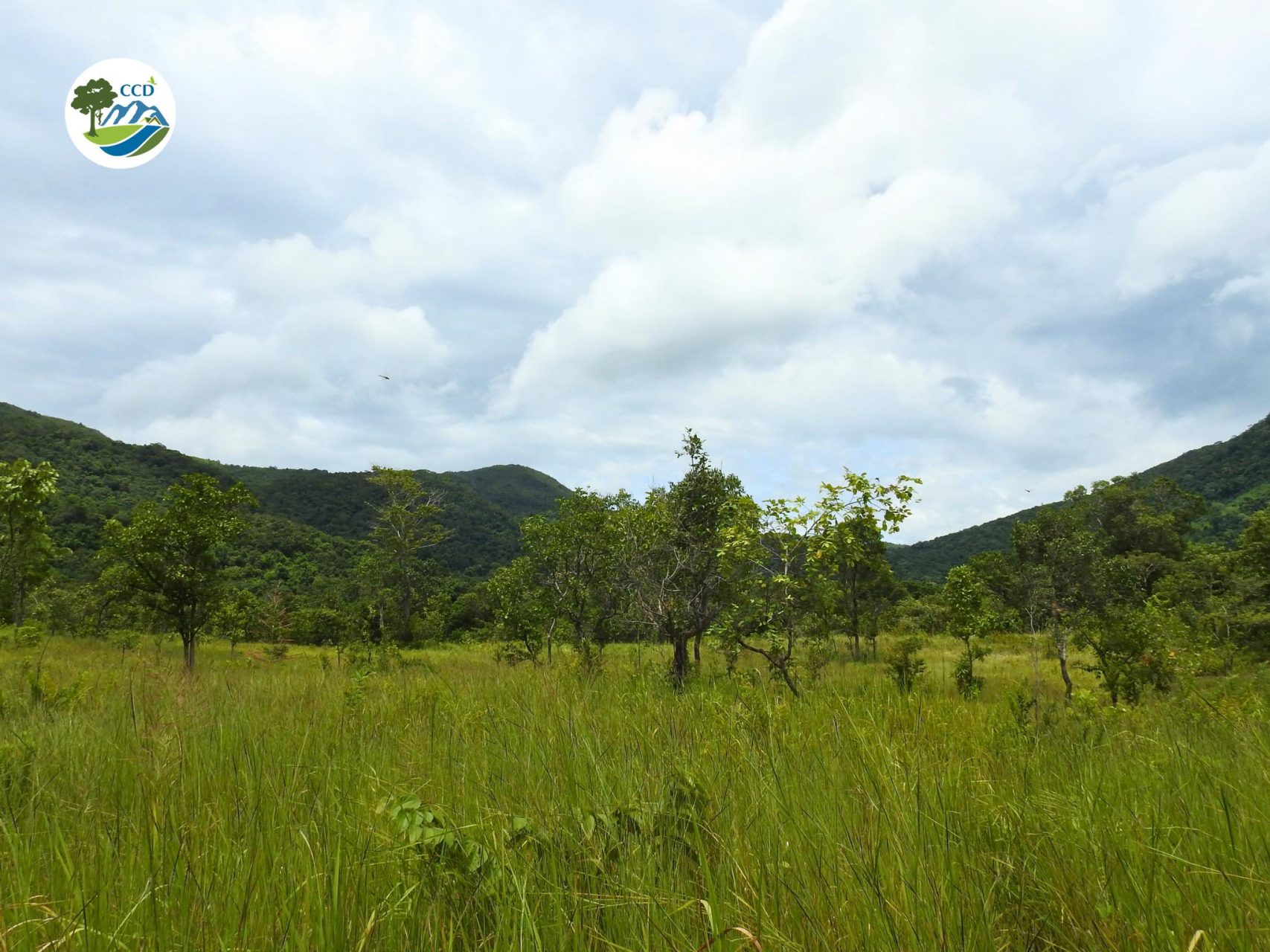
In parallel with the wild cattle surveys, the Monitoring Team also documented human impacts within the protected area. Illegal activities such as timber extraction, hunting, or setting traps for wildlife were observed, recorded, and georeferenced to support assessments of threat levels to animal populations.
This is an opportunity for staff of Ea So Nature Reserve to practice species identification and classification, as well as to select survey transects, deploy camera traps, and manage and archive data. In the long term, these skills will help improve the effectiveness of biodiversity conservation, and protect the forest ecosystem and its rare and precious flora and fauna.
